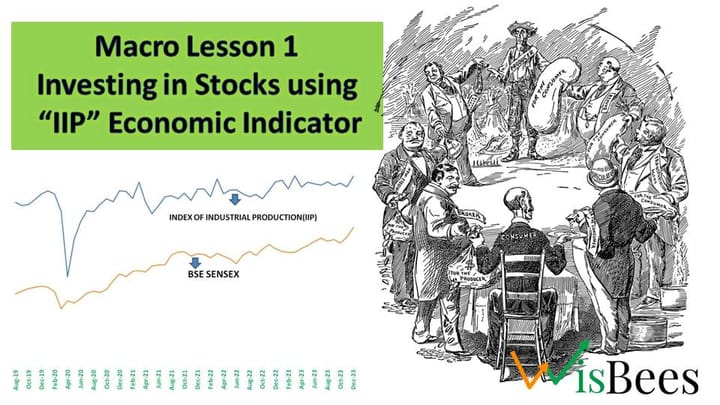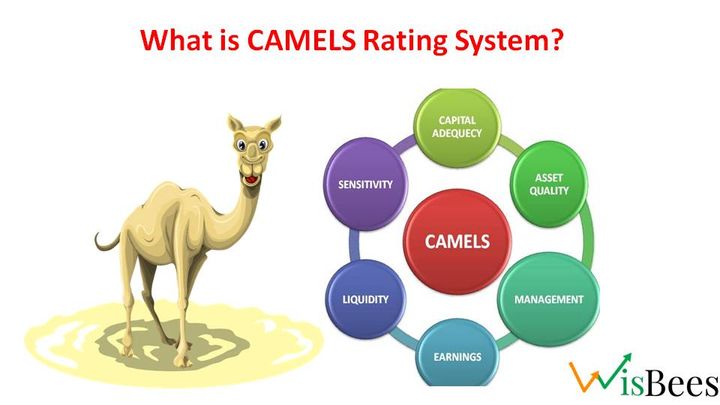Weighted Average Cost of Capital (WACC)

The Weighted Average Cost of Capital (WACC) is a financial metric that represents a company's cost of capital, taking into account the relative weight of each form of financing (debt and equity) that the company uses to raise funds. It is the average cost of all the capital, including both debt and equity, that the company has raised.
It is the overall cost of capital that a firm has acquired from an optimum mixture of debt and equity to finance its business activities, such as investing in projects that will yield a positive net present value (NPV), which will help the firm to incur the cost of capital accumulated from various sources, i.e., debt and equity.
WACC is calculated by multiplying the cost of each form of capital by the proportion of the total capital structure that it represents and then adding the results together.
WACC = (E/V x Re) + {(D/V x Rd) x (1 – T)}
Where:
E = market value of the firm’s equity (market cap)
D = market value of the firm’s debt
V = total value of capital (equity plus debt)
E/V = percentage of capital that is equity
D/V = percentage of capital that is debt
Re = cost of equity (required rate of return)
Rd = cost of debt (yield to maturity on existing debt)
T = tax rate.
WACC is important because it represents the minimum return that a company must earn on its existing assets in order to meet the expectations of its investors. It is used by companies to evaluate the profitability of new projects and investments and to set prices for goods and services.
It should be noted that WACC is not a fixed number, but rather it can vary depending on the company's financing mix, market conditions, and the company's performance.



